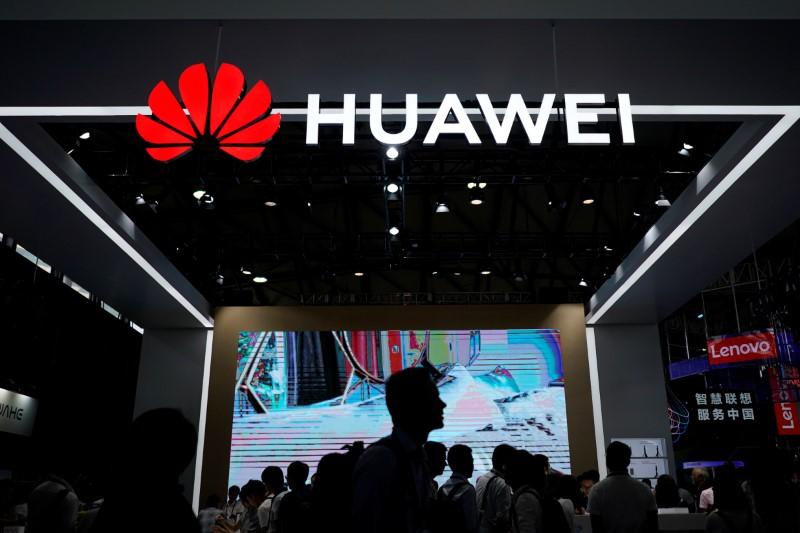News Analysis
In 1949, the year that China fell to communism, George Orwell published “Nineteen Eighty-four,” a novel set in a totalitarian police state led by Big Brother and watched over by the omnipresent Thought Police.

In 1949, the year that China fell to communism, George Orwell published “Nineteen Eighty-four,” a novel set in a totalitarian police state led by Big Brother and watched over by the omnipresent Thought Police.